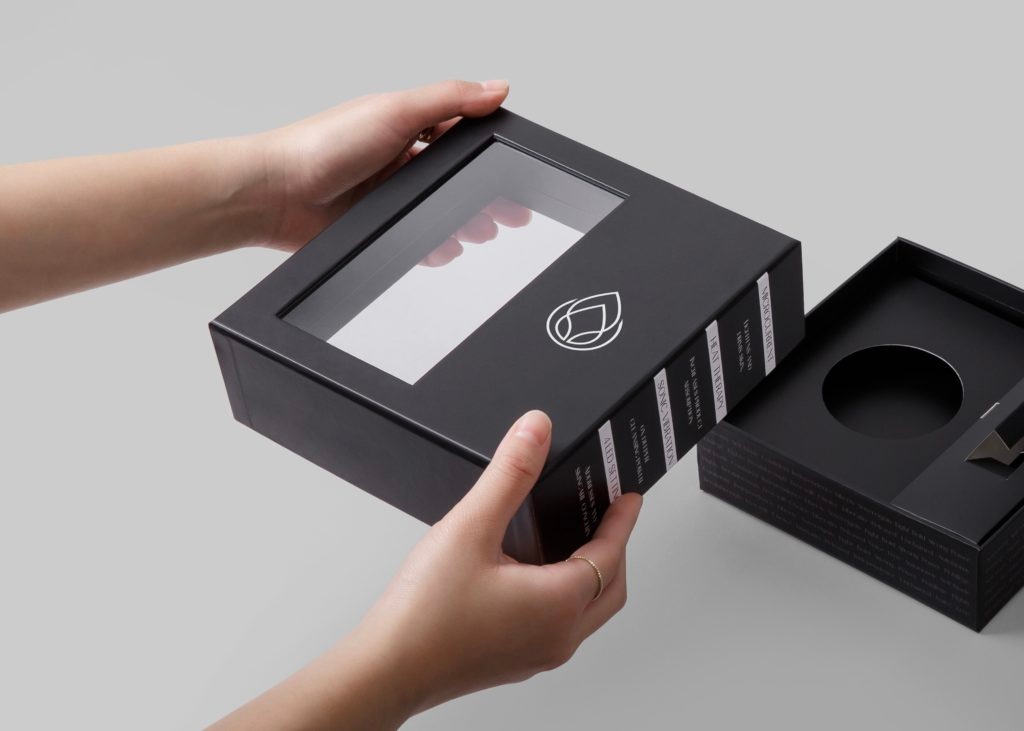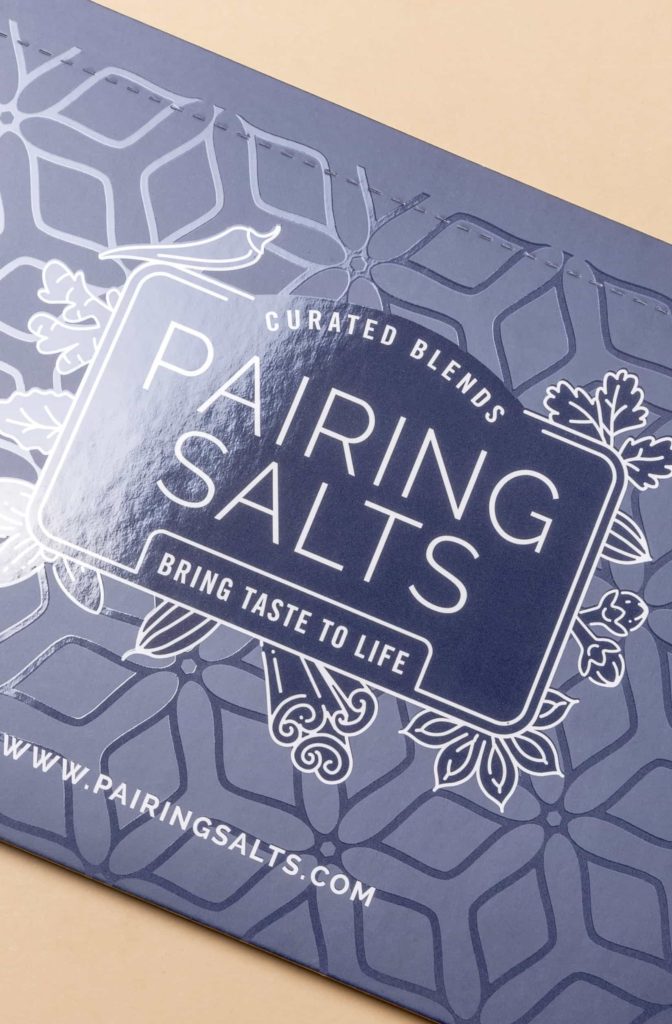Prilikom odlučivanja o završnoj obradi pakiranja, izbor između mat i sjajna laminacija ključna je. Imaju moć privući ili odvratiti pozornost, izazvati emocije i značajno utjecati na odluke o kupnji. U ovom ćemo vodiču usporediti mat i sjajnu laminaciju, njihove prednosti i njihovu važnost u različitim situacijama pakiranja kako bismo vam pomogli da napravite pravi izbor.

1: Razumijevanje mat i sjajne laminacije
Mat i sjajna laminacija zaštitni su završni slojevi koji se nanose na materijale za pakiranje kako bi se povećala trajnost i poboljšao izgled. Sjajna laminacija daje sjajnu i reflektirajuću završnicu, dok mat laminacija nudi prigušenu, nereflektirajuću završnicu.
2: Kada odabrati mat laminaciju
Odlučite se za mat laminaciju kada želite izazvati osjećaj elegancije, sofisticiranosti i luksuza. Mat završni sloj apsorbira više svjetla nego što ga odbija, nudeći prigušen, profesionalan izgled. Ova završna obrada je savršena ako želite da vaše pakiranje odaje vrhunski dojam, odražava minimalističku estetiku ili dopustite drugim elementima dizajna pakiranja, kao što su utiskivanje ili utiskivanje, da zauzmu središnje mjesto.
3: Kada se odlučiti za sjajnu laminaciju
Odaberite sjajnu laminaciju kako bi vaša ambalaža zablistala, doslovno i figurativno. Ova vrsta laminacije reflektira svjetlost, čineći boje iskačućim i privlačeći pozornost na detalje grafike ili teksta. Omiljen je u sektorima gdje su vitalnost i vidljivost vitalni, kao što su proizvodi za djecu, slatkiši ili pristupačna kozmetika.
4: Usporedba trajnosti i zaštite
I mat i sjajni slojevi dobro se ponašaju u pružanju zaštite od fizičkih oštećenja, vlage i UV zraka, čime se produljuje vijek trajanja proizvoda. Međutim, sjajni laminati skloniji su otiscima prstiju i ogrebotinama tijekom vremena u usporedbi s njihovim mat parnjacima.
Često postavljana pitanja:
1. Postoji li značajna razlika u cijeni između mat i sjajne laminacije?
Mogu postojati manje varijacije, pri čemu su mat slojevi ponekad malo skuplji zbog otmjenog izgleda i dojma koji daju pakiranju. Međutim, trošak često više ovisi o dobavljaču pakiranja nego o samoj završnici.
2. Mogu li koristiti i mat i sjajnu laminaciju na svom pakiranju?
Apsolutno! Korištenje kombinacije mat i sjajne laminacije (spot uv) može ponuditi upečatljiv kontrast i istaknuti određena područja na vašem pakiranju.
3. Koja je vrsta laminacije ekološki prihvatljivija?
Obje vrste nije lako reciklirati zbog sadržaja plastike. Međutim, neke nove biorazgradive mogućnosti laminiranja ulaze na tržište koje su ekološki prihvatljivije.
4. Utječe li laminacija na mogućnost recikliranja moje ambalaže?
Nažalost, da. Laminirano pakiranje je teže reciklirati zbog izazova odvajanja plastičnog sloja u procesu recikliranja.
5. Kako se mogu odlučiti između mat i sjajne laminacije?
Razmotrite pozicioniranje svoje marke, proizvod, ciljanu publiku i vizualnu poruku koju želite prenijeti. Obje završne obrade imaju svoj šarm; ovisi samo o tome što vašem pakiranju najbolje odgovara.
Važno je napomenuti da odgovor na pitanje 'koji je bolji?' u konačnici ovisi za što će se laminacija koristiti.
Kao što je gore spomenuto, i mat i sjajna laminacija imaju svoj jedinstveni niz prednosti i nedostataka.
Za neke primjene, nedostaci možda nisu ni važni ili mogu biti manji.
Zapravo, moguće je kombinirati prednosti mat i sjajne laminacije kako bi se stvorio savršen završni izgled za vaš dizajn pakiranja.
Na primjer, dodavanje sjajnog laminata preko mat laminatnog crtičnog koda može olakšati skeniranje ili omogućiti korisnicima da pišu po njemu ako je potrebno.
Zaključno, i mat i sjajni slojevi imaju svoju jedinstvenu privlačnost i specifične primjene u svijetu pakiranja. Dok mat laminacija odiše elegantnom, luksuznom atmosferom, sjajna laminacija stvara živahan izgled koji privlači poglede. Na kraju, pravi izbor uvelike će ovisiti o vašem brendu, proizvodu i osjećajima koje želite pobuditi kod svojih kupaca.

